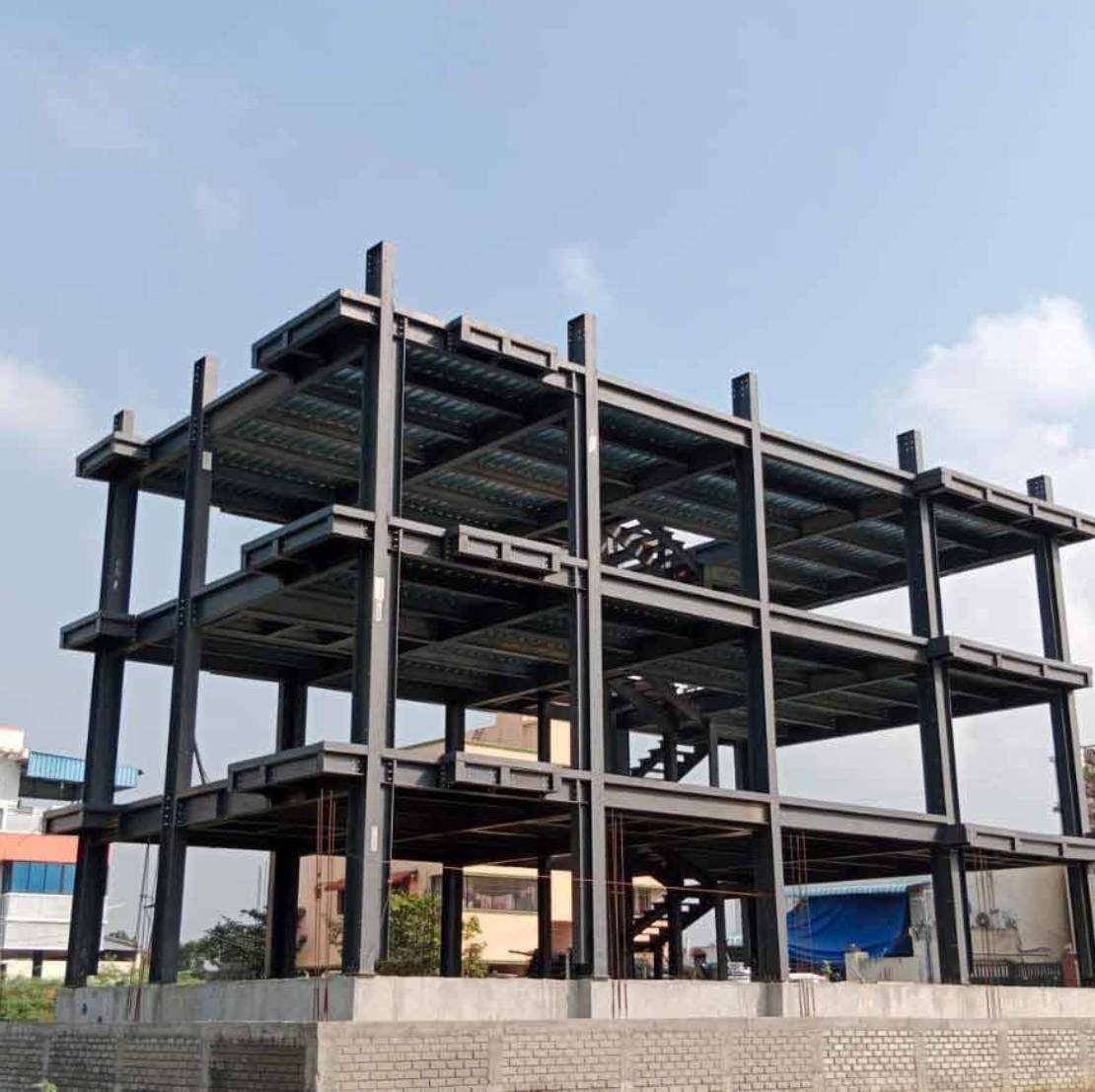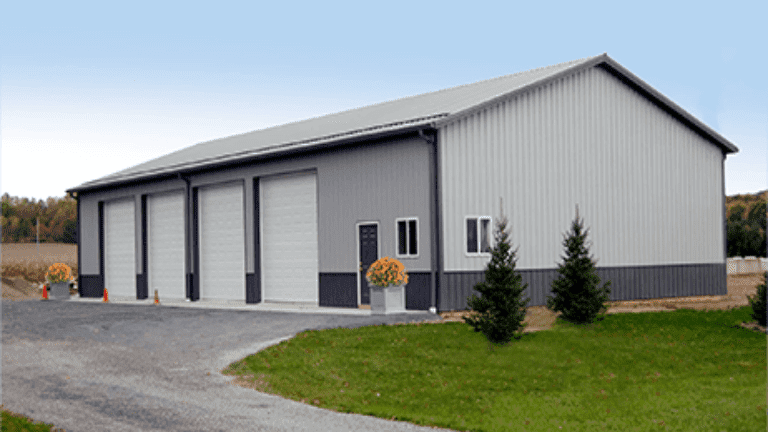Specialist Overview to Steel Building Style: Optimizing Performance and Durability
In the world of building and construction, the choice of structure product holds critical importance in figuring out the performance and longevity of a framework. Steel, with its extraordinary toughness, sturdiness, and convenience, has become a popular alternative for contemporary building design. Designers and designers are consistently exploring ingenious means to harness the potential of steel in constructing sustainable and enduring structures. From optimizing design considerations to implementing economical building and construction strategies, the trip towards optimizing effectiveness and durability in steel structure style is a diverse one, offering a mix of practical difficulties and innovative services that propel the sector ahead.
Advantages of Steel Structures
Steel structures offer exceptional toughness and cost-effectiveness compared to conventional building and construction materials. The stamina of steel gives excellent architectural stability, making it a recommended selection for buildings that require to stand up to rough weather condition conditions or heavy tons.
In regards to cost-effectiveness, steel structures are typically extra affordable than structures made from various other products. The efficient construction procedure of steel buildings can result in reduced labor expenses and shorter project timelines. Steel's durability also translates to lower maintenance expenses gradually, as there is much less demand for substitutes or repair services contrasted to typical structure products.
Design Considerations for Performance
Offered the benefits of steel structures in terms of durability and cost-effectiveness, it is vital to concentrate on design factors to consider that optimize efficiency and longevity. When creating a steel structure for optimum effectiveness, elements such as the insulation, layout, and orientation need to be carefully taken into consideration.

Additionally, integrating energy-efficient systems, such as heating and cooling, lighting, and sustainable power resources, can even more enhance the effectiveness of steel buildings. By integrating these layout considerations, steel structures can achieve optimum effectiveness and long life, supplying sustainable and cost-effective services for different building jobs.
Structural Stability and Longevity

Additionally, the choice of high-grade steel and finishings is crucial for longevity. Corrosion-resistant layers shield against rust and wear and tear, lengthening the life of the framework. Normal maintenance, including examinations for indications of wear or damage, is likewise essential for recognizing and attending to issues before they jeopardize the structure's honesty. By focusing on architectural integrity in the style phase and throughout the building's life expectancy, proprietors can ensure their steel structures stay risk-free, reliable, and resilient for several years to come.
Economical Building Approaches
Reliable building and construction methods play an essential role in this content managing costs without compromising the quality and stability of steel structure jobs. One economical technique is using pre-engineered steel structure systems. These systems are created off-site and after that set up on-site, reducing construction time and labor costs. Additionally, pre-engineered steel structures are recognized for their durability and require minimal maintenance, causing lasting expense savings.
Another economical method is the design-build method, where the style and building phases are incorporated. This method cultivates partnership between the style and building and construction groups, enhancing the process and minimizing delays and expense overruns (steel buildings). By involving all stakeholders from the start, possible issues can be identified and resolved early, conserving both money and time
Furthermore, taking on sustainable building and construction practices, such as making use of recycled steel and integrating energy-efficient attributes, can result in considerable expense financial savings over time. These techniques not only reduce building and construction waste but likewise reduced operational expenses via improved power effectiveness. In conclusion, applying affordable building and construction approaches is crucial for taking full advantage of effectiveness and making certain the long life of steel structure projects.
Upkeep Tips for Longevity
Appropriate upkeep techniques are important for ensuring the durability and architectural honesty of steel buildings. Routine examinations are important to determine any kind of signs of rust, damages, or put on that can compromise the structure's resilience. As part of a detailed maintenance plan, it is very important to promptly address any type of problems that arise to avoid them from escalating and creating more substantial damages.

Another vital maintenance pointer is to examine the structure's connections, welds, and bolts to guarantee they are safe and in great problem. Any type of broken or loosened elements should be repaired or changed immediately to keep the structural stability of the building. By implementing a positive upkeep routine, steel building owners can make best use of the durability and efficiency of their frameworks.
Conclusion
In final thought, steel structures supply various advantages such as longevity, efficiency, and cost-effectiveness. By meticulously considering style elements, guaranteeing architectural integrity, and making use of economical building methods, steel structures can be optimized for optimal effectiveness and longevity.
From optimizing layout factors to consider to carrying out affordable building and construction strategies, the journey in the direction of optimizing effectiveness and longevity in steel structure design is a complex one, providing a mix of practical difficulties and creative options that push the market click here for more onward.
Given the benefits of steel buildings in terms of resilience and cost-effectiveness, it is crucial to concentrate on design factors to consider that optimize effectiveness and durability. When making a steel building for ideal efficiency, elements such as the design, insulation, and orientation should be carefully considered. In final thought, applying economical construction methods is necessary for maximizing effectiveness and ensuring the longevity of steel building projects.
By thoroughly considering layout elements, making sure structural stability, and making use of cost-efficient construction methods, steel structures can be maximized for optimal effectiveness and long life.